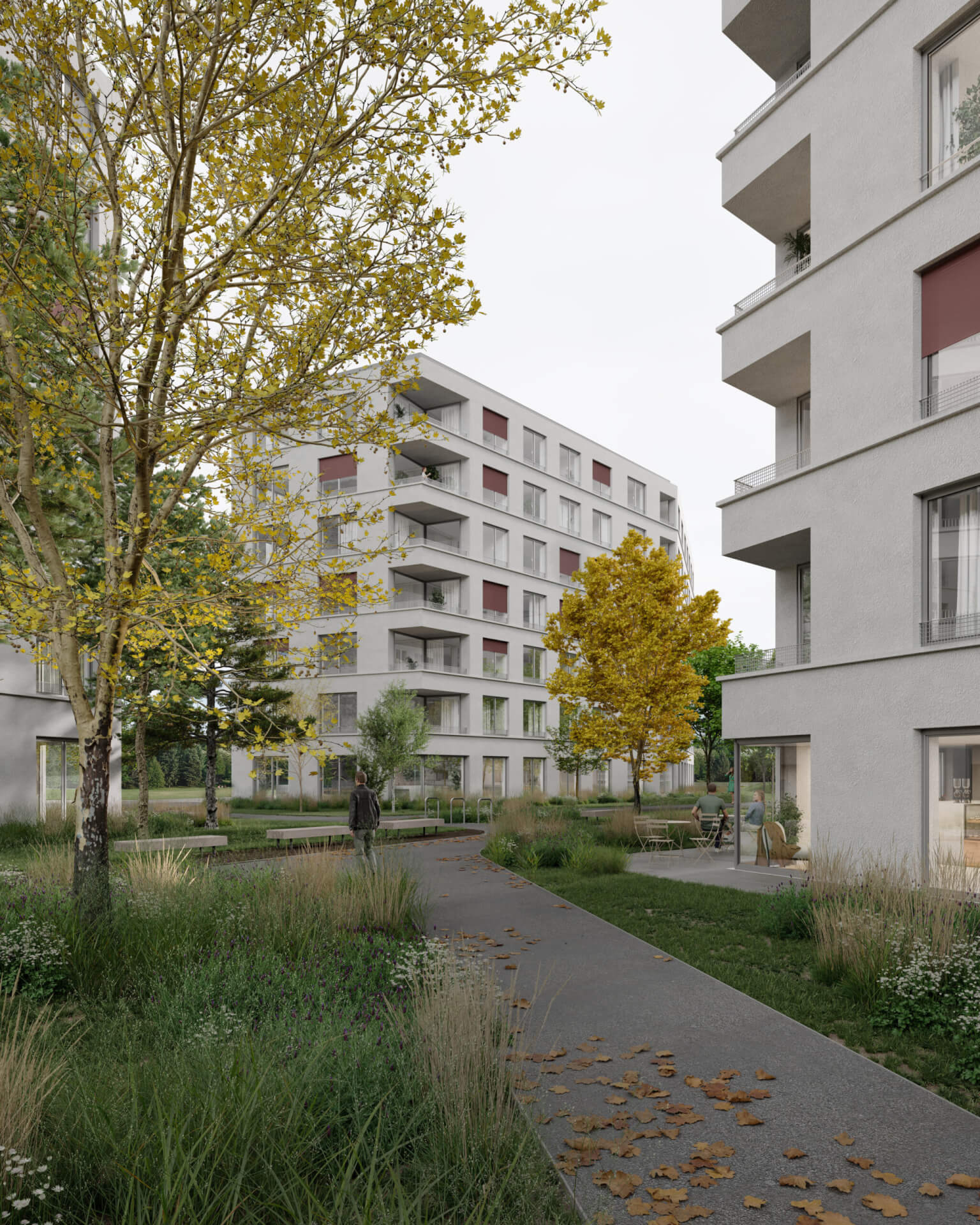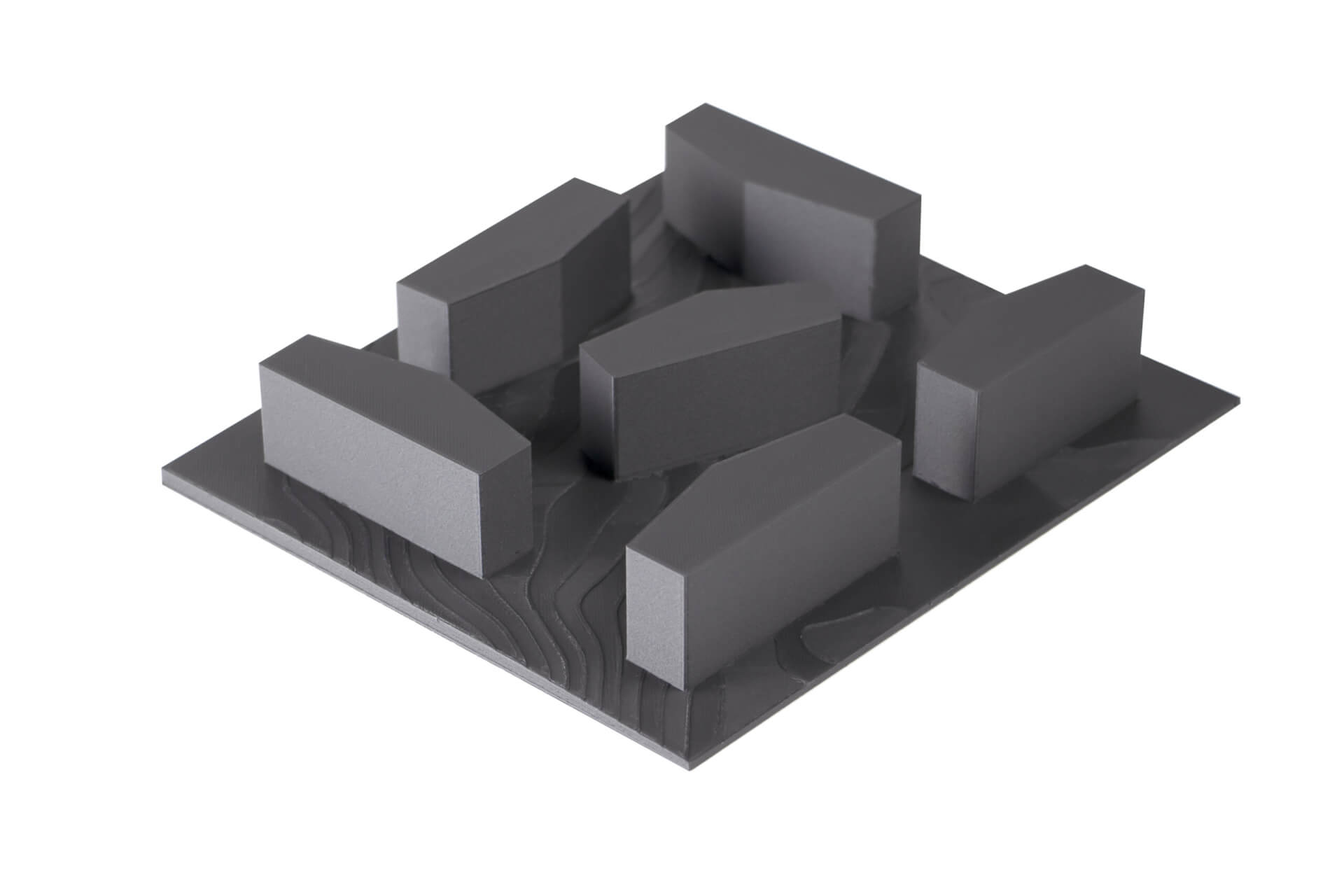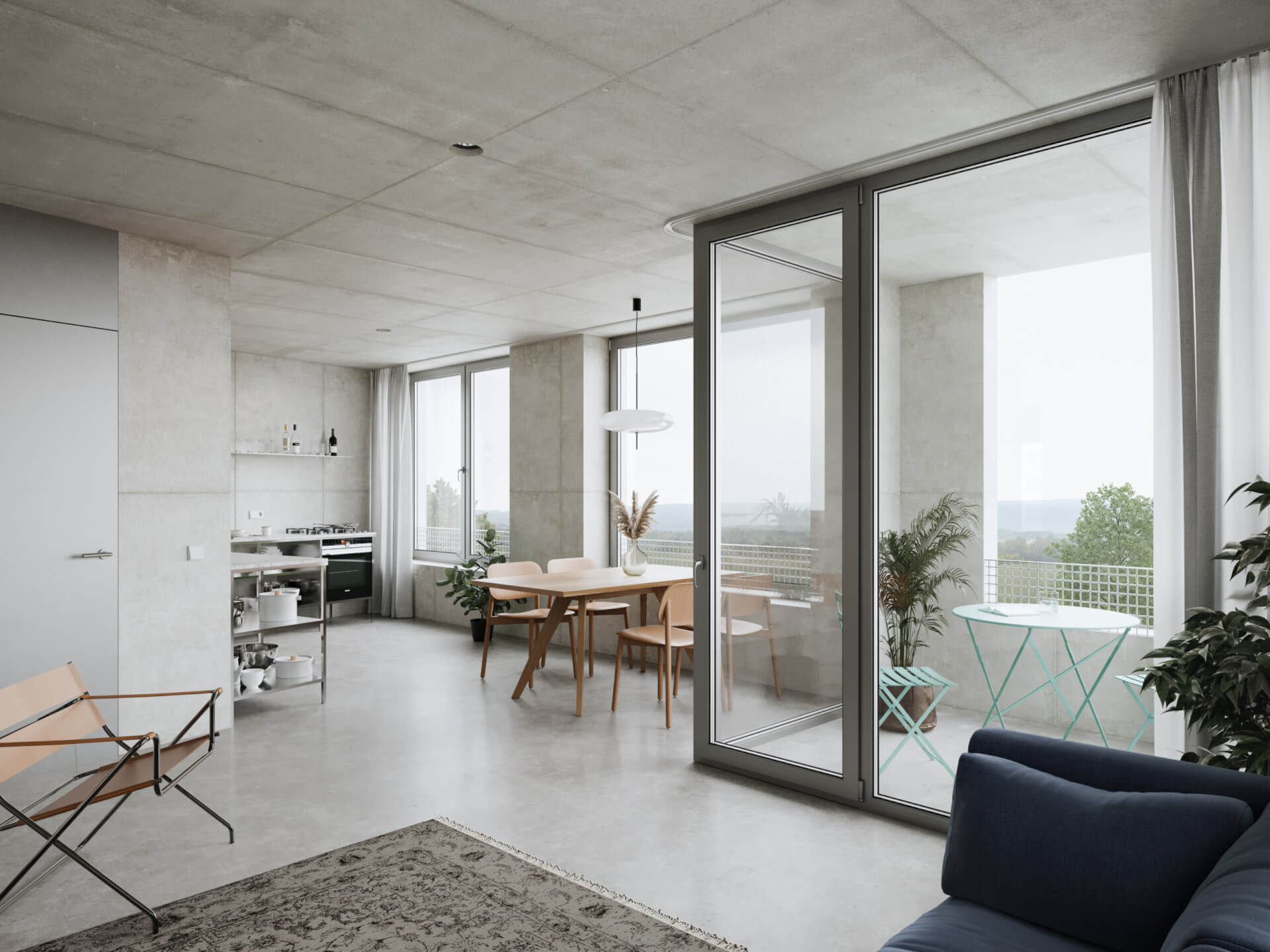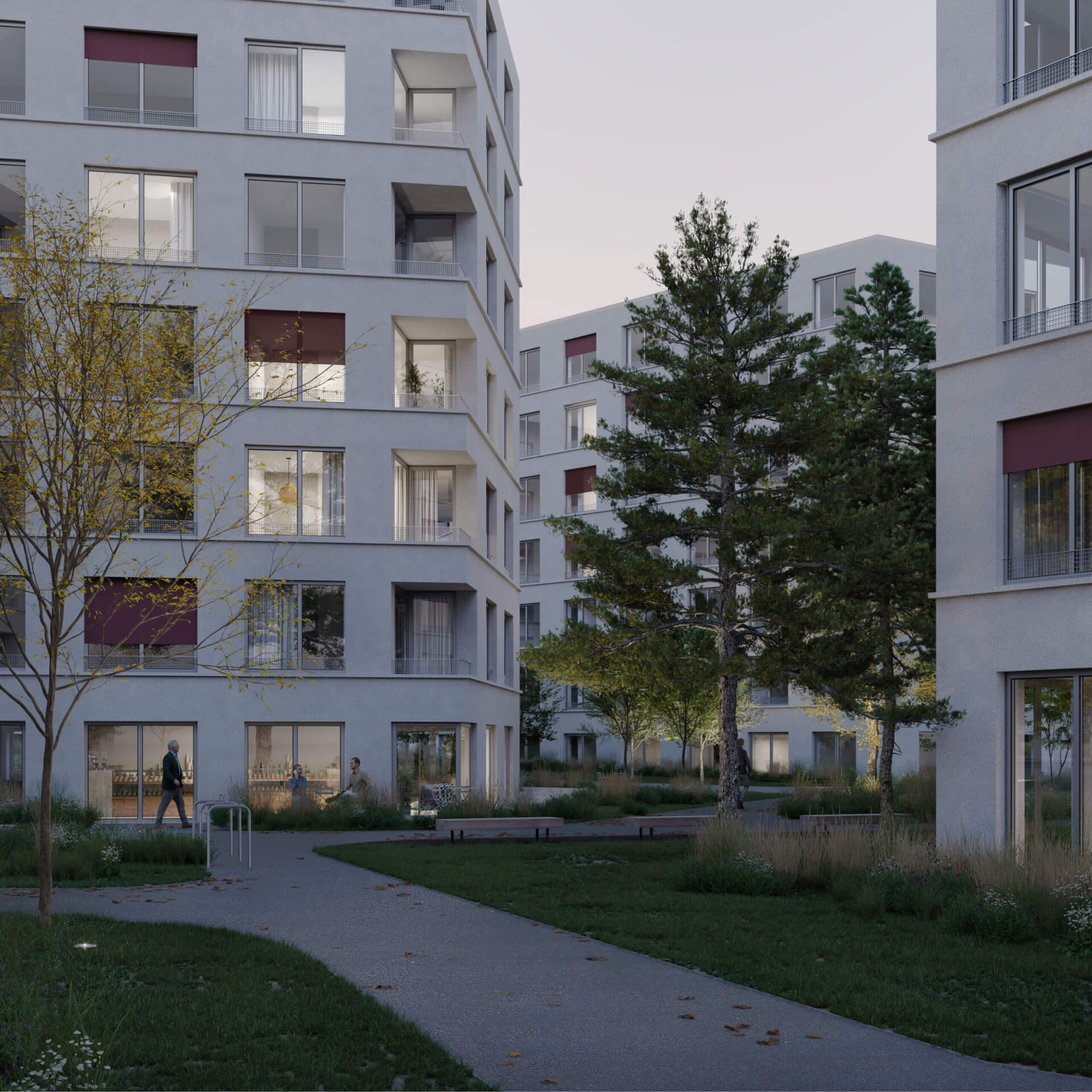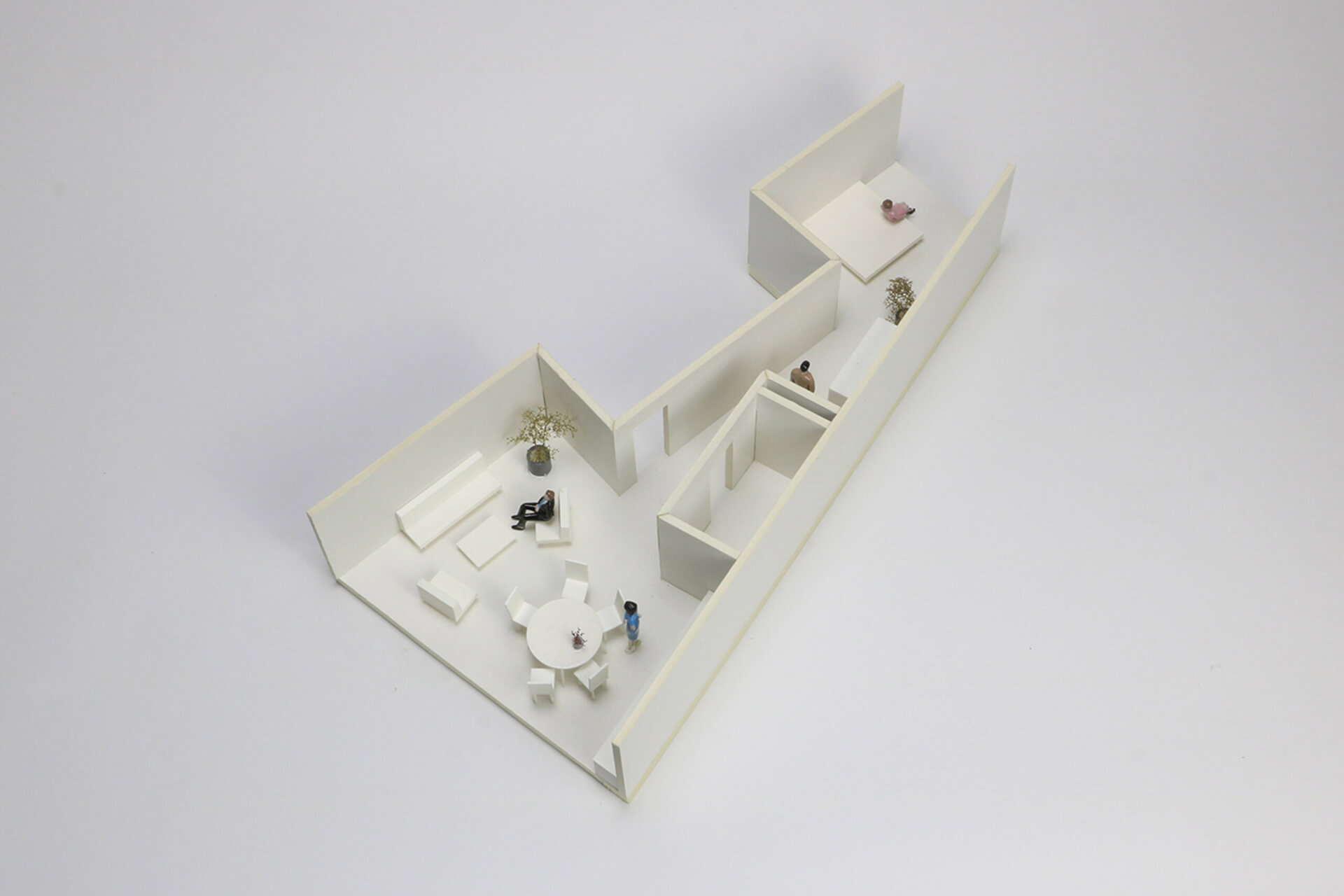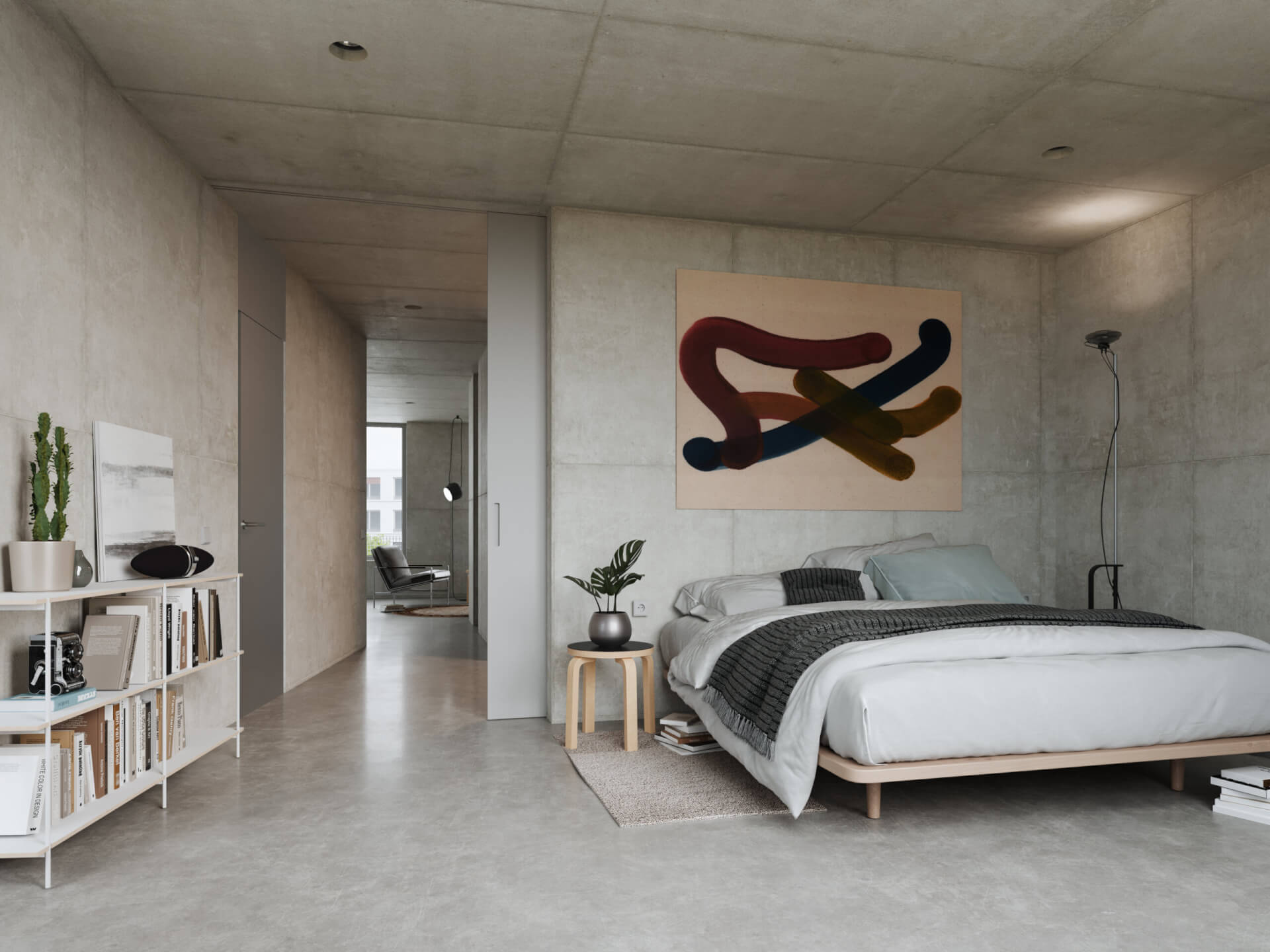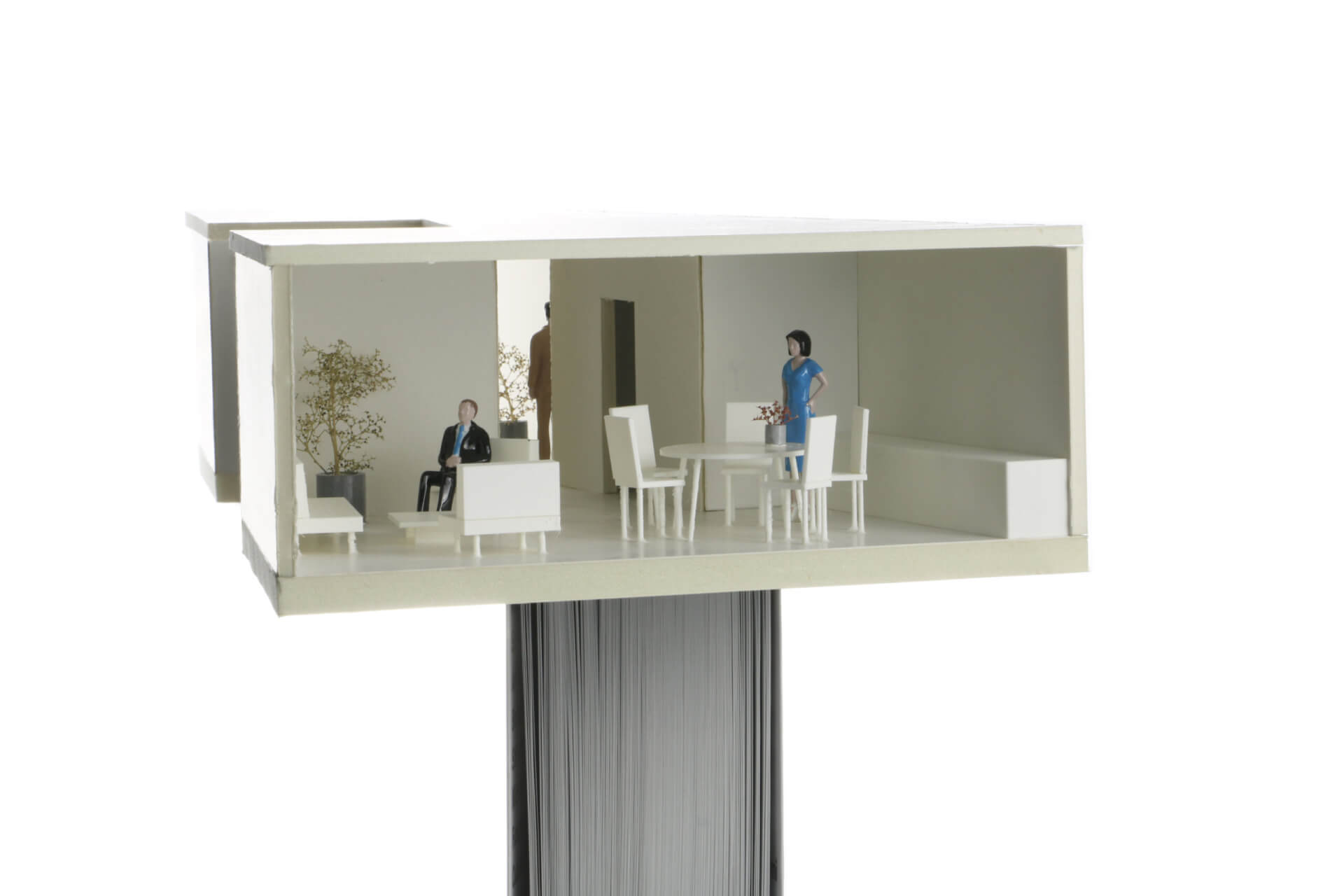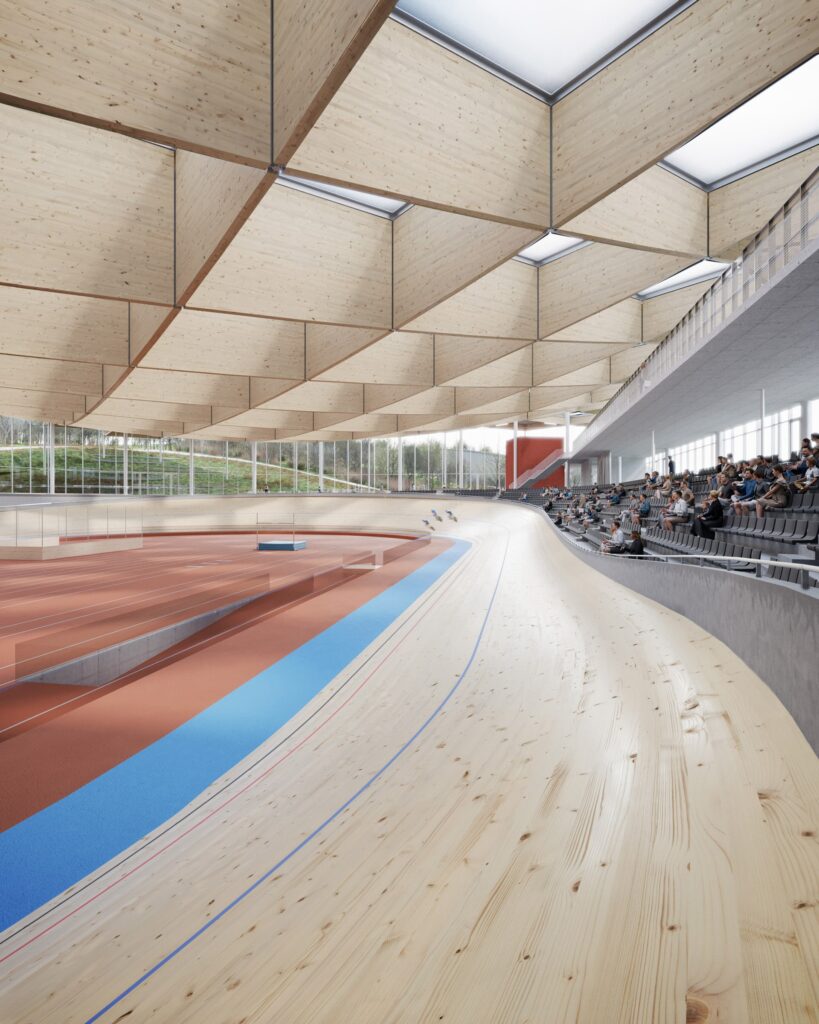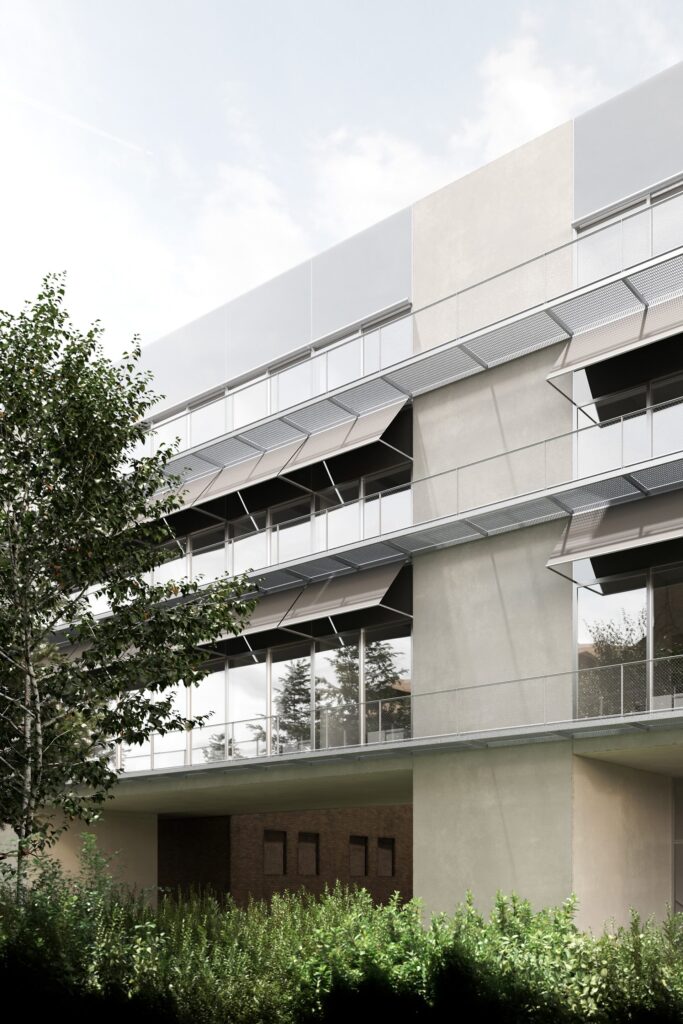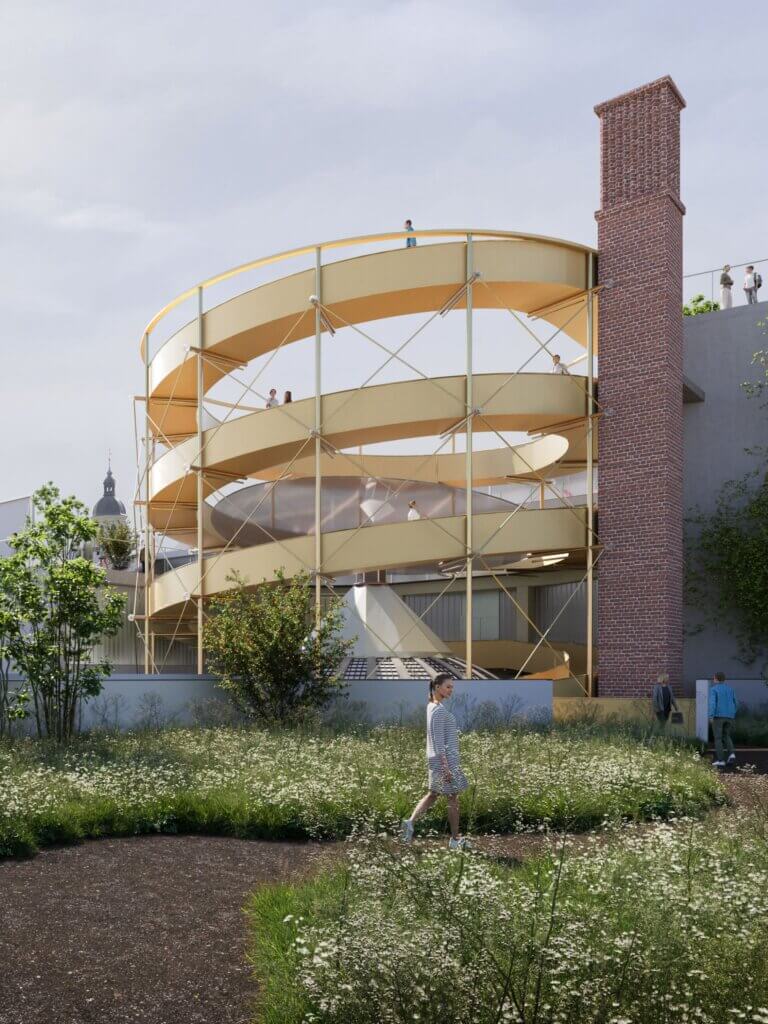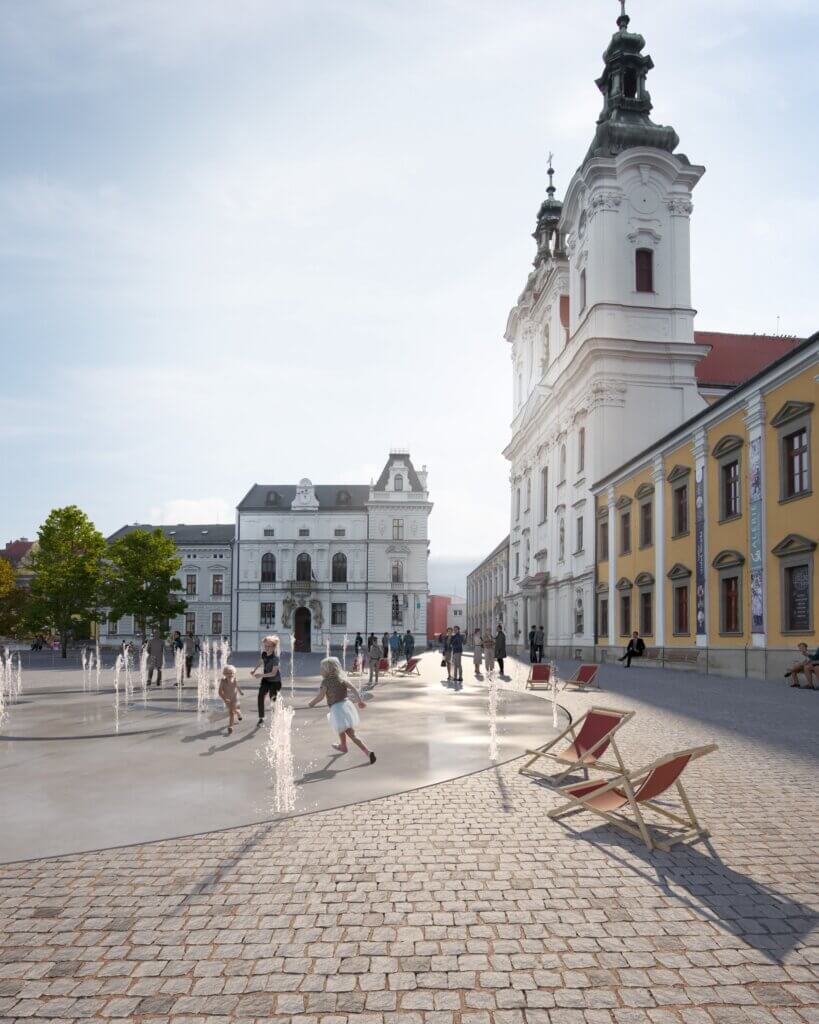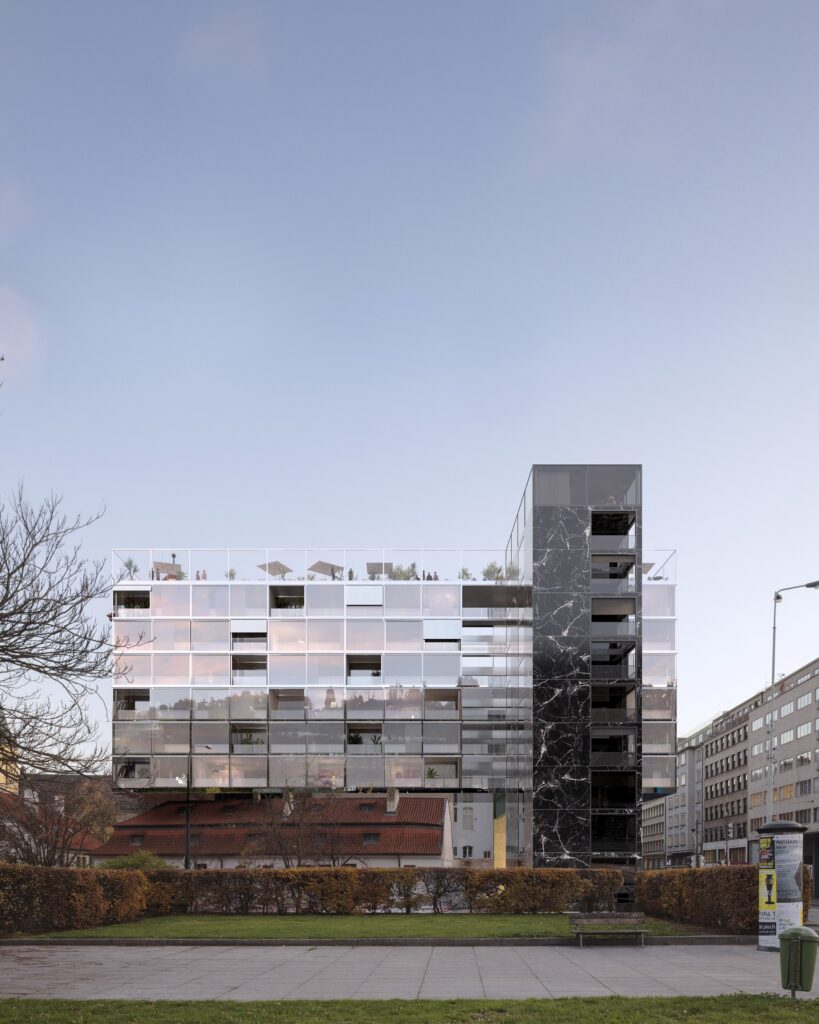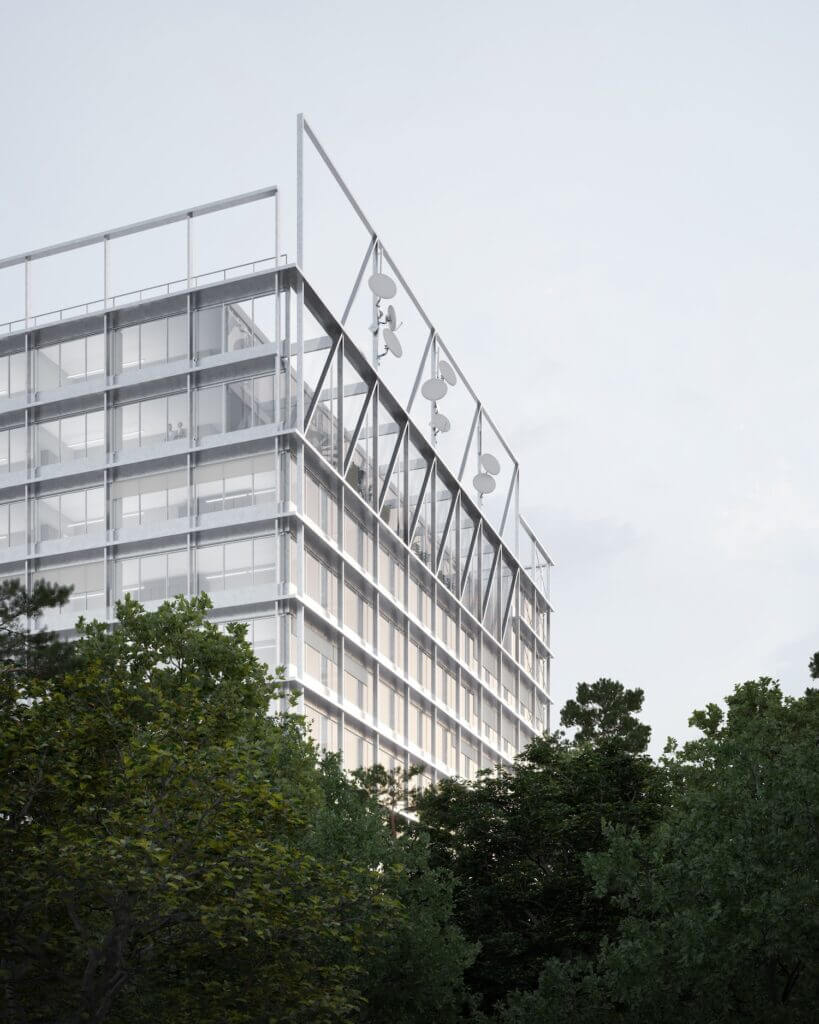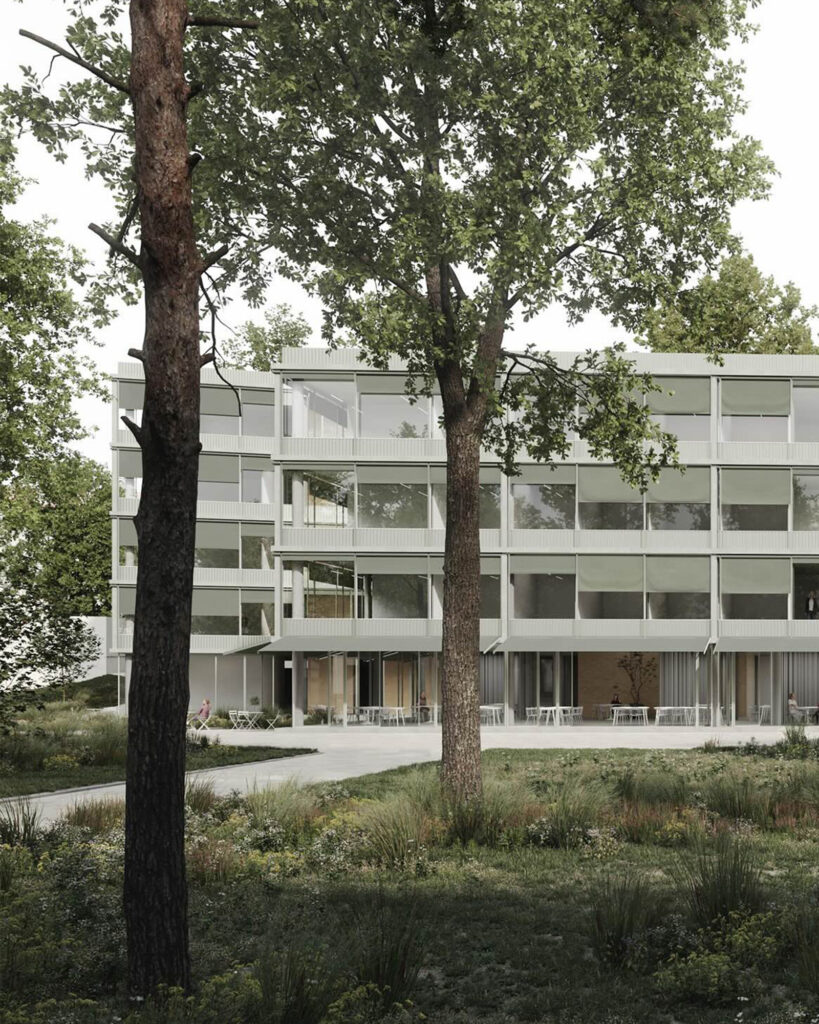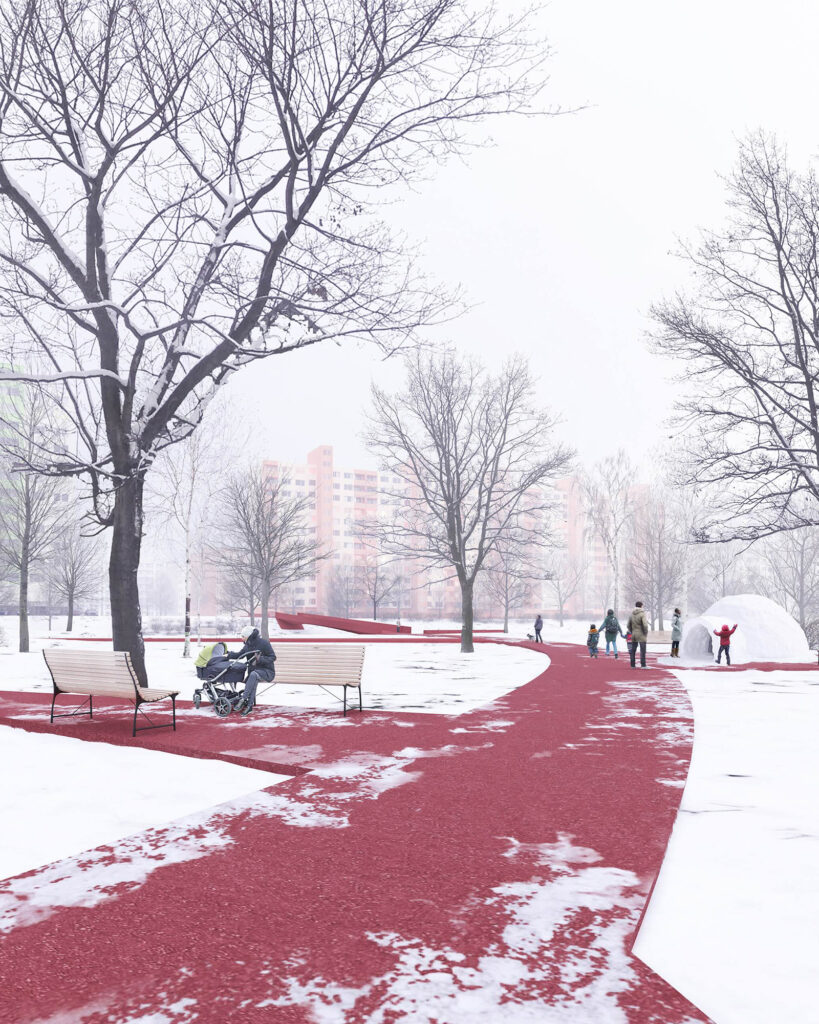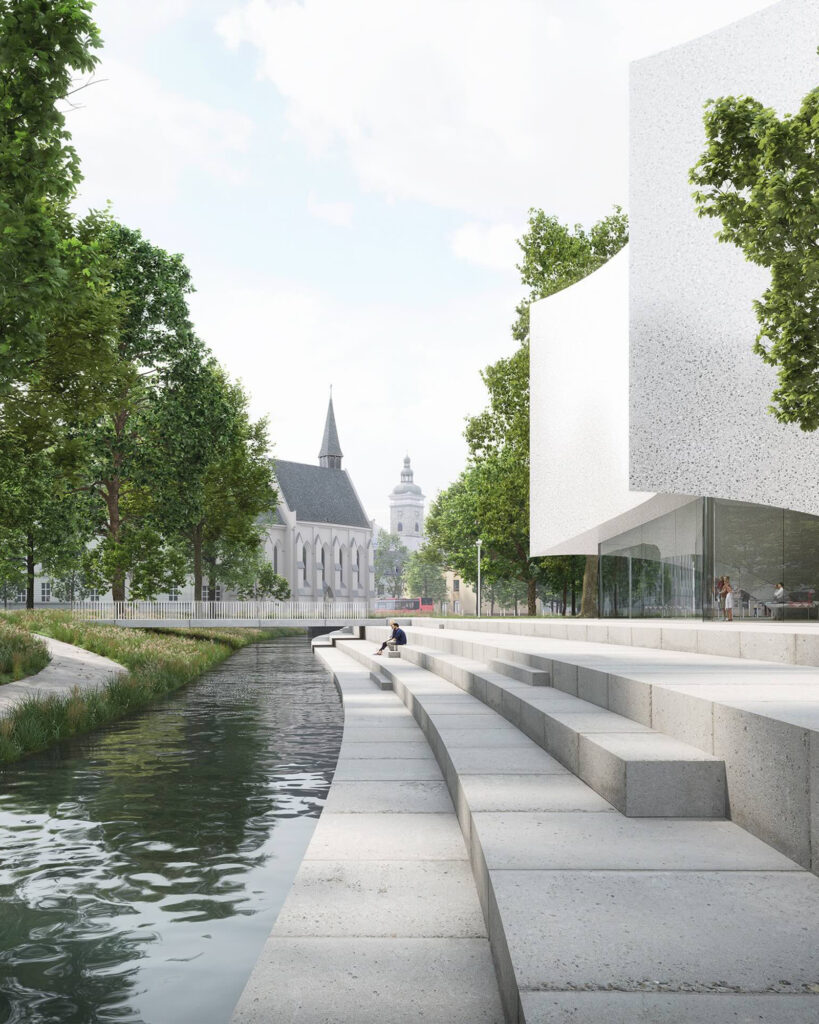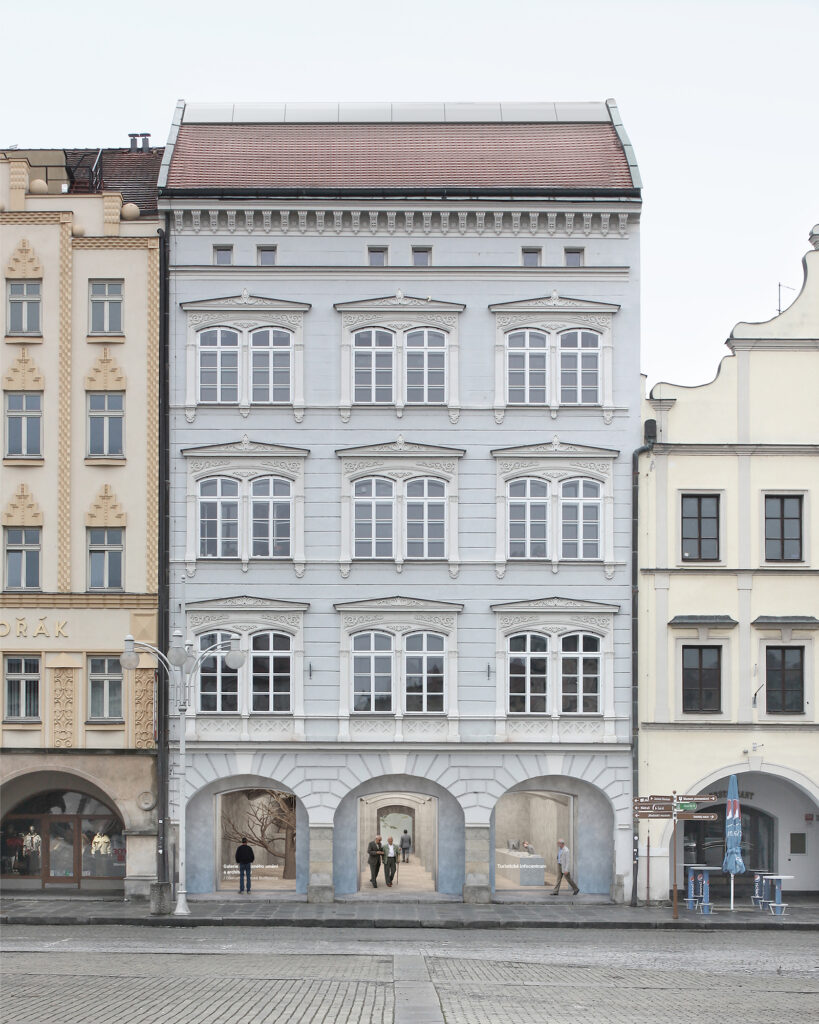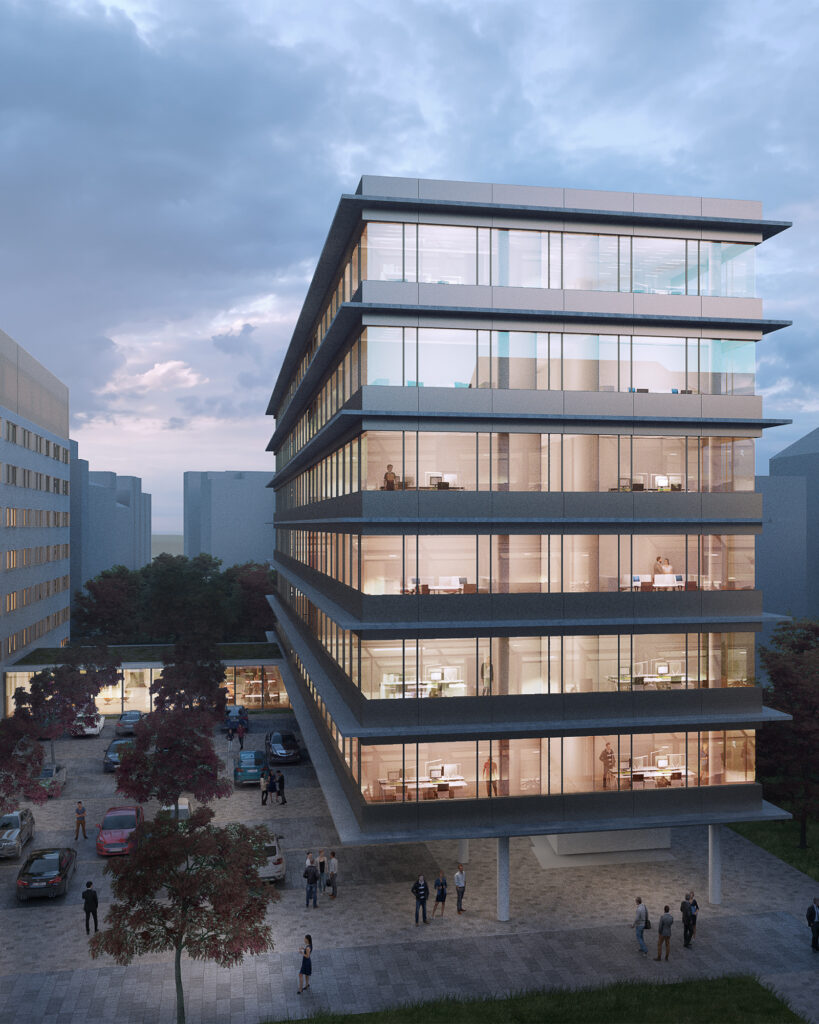Four Courts Apartment Building
We started working on the apartment building by asking a seemingly trivial question: What is an apartment? Every architect should know the legal definition of “apartment,” classification of apartments and the standards and prescribed values that determine if a space can still be regarded as an apartment. But does all of this really answer the question of what an apartment is about?
This job created plenty of room for experimentation, giving us a chance to find our own answer to the question and perhaps challenge some of the established notions of what an apartment is and what it should look like. The project is inspired by our quest for finding answers to what the very nature of an apartment is and how it has developed – in terms of urban planning, the inner courtyard, the layout and the private room.
